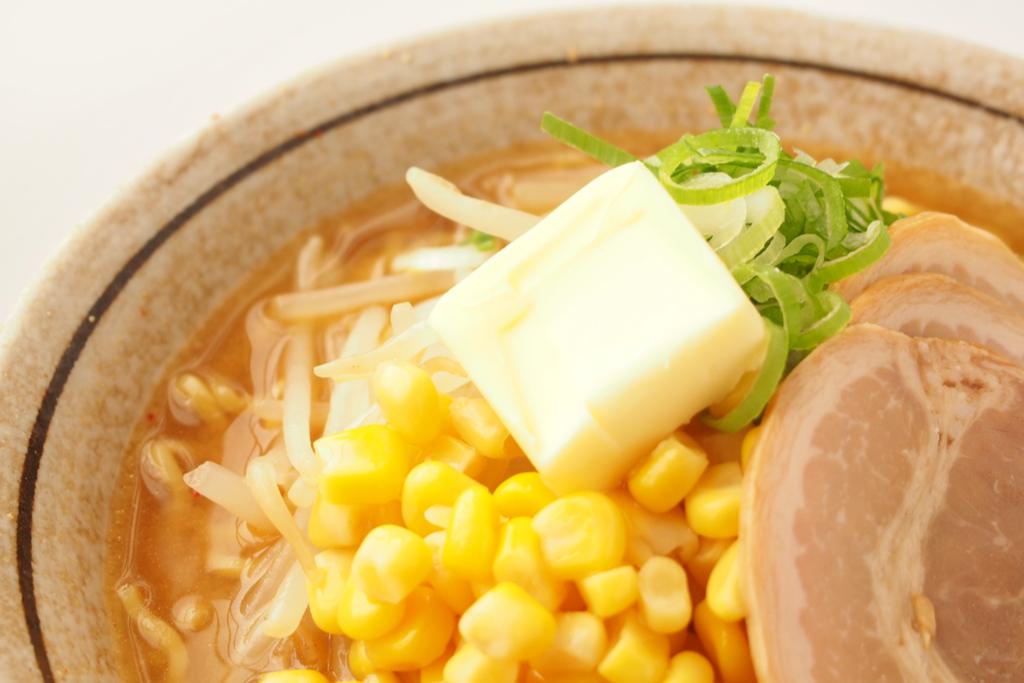
What is Hokkaido Butter Miso Ramen?
First a history. Miso ramen is a type of Japanese noodle soup that is flavored with a thick and hearty broth made from miso paste, which is a traditional Japanese seasoning made from fermented soybeans. The origins of miso ramen can be traced back to the mid-20th century in Sapporo, the capital city of Japan’s northernmost prefecture, Hokkaido.
According to one popular account, a restaurant called Aji no Sanpei, it’s rumored that a drunk customer requested noodles to be placed in their miso soup. At the time, ramen was typically served with a clear, soy sauce-based broth, and Aji no Sanpei’s innovative use of miso gave their ramen a distinctively rich and savory flavor that quickly became popular.
This variation of ramen is also known as Hokkaido ramen, and it was a departure from the traditional pork bone-based broth that was ubiquitous at the time of its introduction. Morito Ohmiya is credited with creating this new version to make ramen healthier and less oily.
After extensive experimentation, he developed a miso-based broth that was both flavorful and nutritious, incorporating vegetables to help absorb the excess oil. Ohmiya opened his first ramen shop, Aji no Sanpei, in Sapporo, and his innovative broth types, such as soy sauce, salt, and crab, were quickly adopted by ramen establishments throughout the country.
Why butter?
Due to Hokkaido’s cold climate and long winters, butter was added to the ramen to keep the broth warmer for longer. Although miso ramen is now widespread, Sapporo ramen has a unique twist that epitomizes Hokkaido cuisine: the addition of sweet corn and butter toppings. Both ingredients are regional specialties that feature prominently in a variety of dishes, and the butter not only adds flavor but also adds fat to keep the soup warm for longer, making it ideal for the prefecture’s famously chilly winters.
Try it for yourself.


